The Bigger Picture

The exhibition: "The Bigger Picture’’, originally supplementing the 2017 Luxembourg Sustainability Forum, offers a selection of pictures of our planet from space. These images were taken by French astronaut Thomas Pesquet from aboard the ISS and offer a novel and inspirational perspective of our planet, one that is not necessarily easy to have while going about our everyday lives. The images selected span six broad categories highlighting a range of critical issues, both present and future, dealing with how and why sustainable development is needed. Pesquet himself is an advocate of mindful sustainable development, having taken a copy of the 2015 Paris Agreement with him to space. We invite you to join us in taking a step back and seeing ‘‘The Bigger Picture’’.
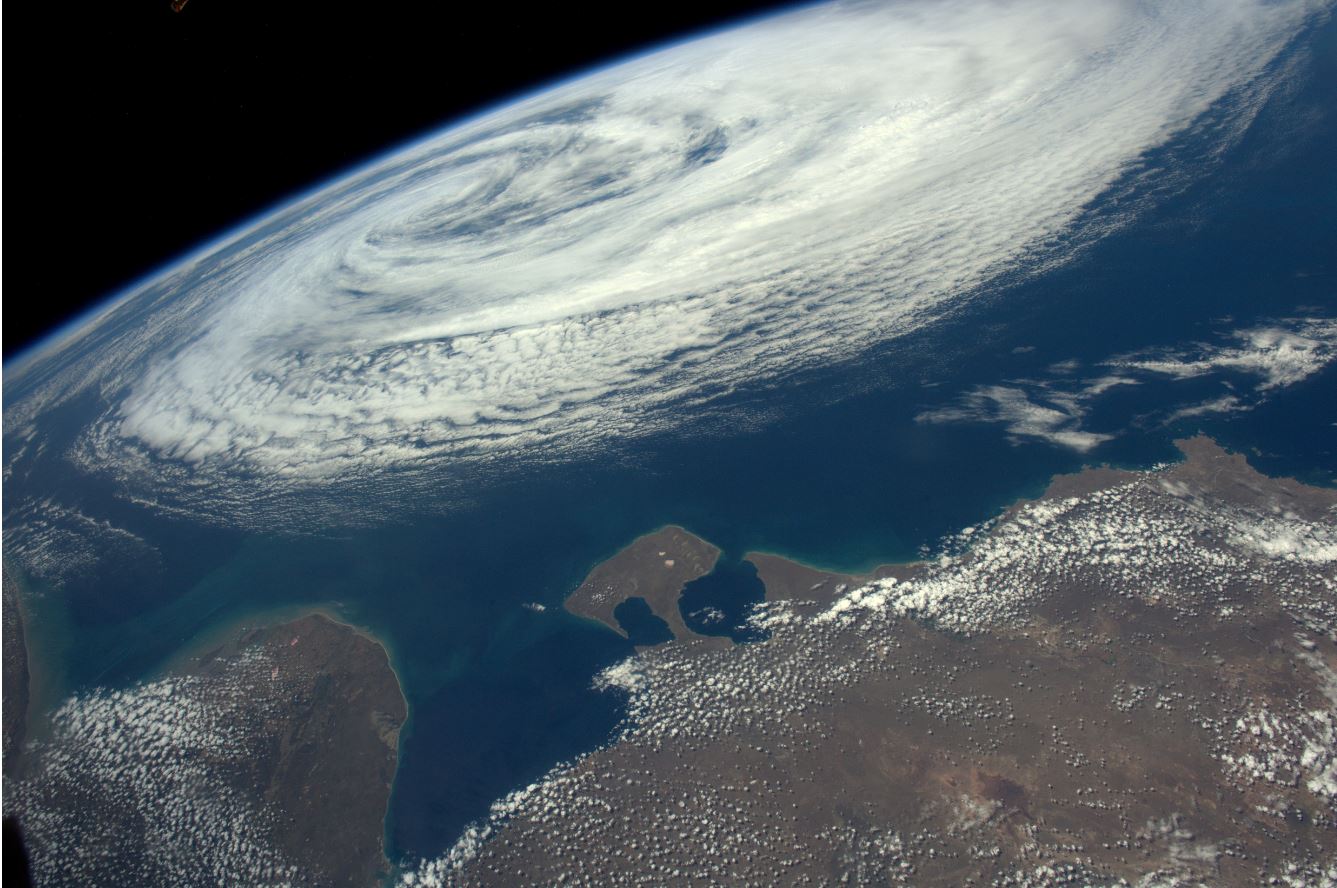
CHANGING CLIMATES: RISING DANGERS
"One of the most striking things when viewing Earth from space is how much of it is water and desert, and how concentrated desertification is to specific regions. When I took this photo a while ago, I focussed on the Al-Azraq Air Base in Jordan in true pilot fashion. Later, I noticed I had also captured the Azraq Wetland Reserve to the airport’s left. Azraq and its wetlands were once the crossroads of camel caravans trading in spices and herbs and a stop-over for birds migrating between Africa and Europe. Today, the springs have dried up, which caused the local water buffalo population to die out and birds to adjust their migration routes. Let us make sure this does not keep happening around the world!" - Thomas Pesquet
Our global climate is changing – there is irrefutable scientific evidence saying as much. More pertinent however, is that these changes are understood to be almost exclusively human caused; virtually all active climate scientists assert with high confidence that current and future climate change patterns are anthropogenic in origin. These climatic shifts, instigated by various human endeavours that are drastically changing Earth’s systems, are most readily observed through rising average global temperatures, with weather agencies consistently finding each month breaking temperature records. July 2016 was the hottest month ever recorded at 0.87°Celsius above the average for the 20th century.
Presented here are some of the major changes around rising global temperatures - both currently observed and anticipated to worsen in the future as self-reinforcing feedback loops intensify effects. Moreover, changing climates are predicted to most impact already poor and vulnerable groups.
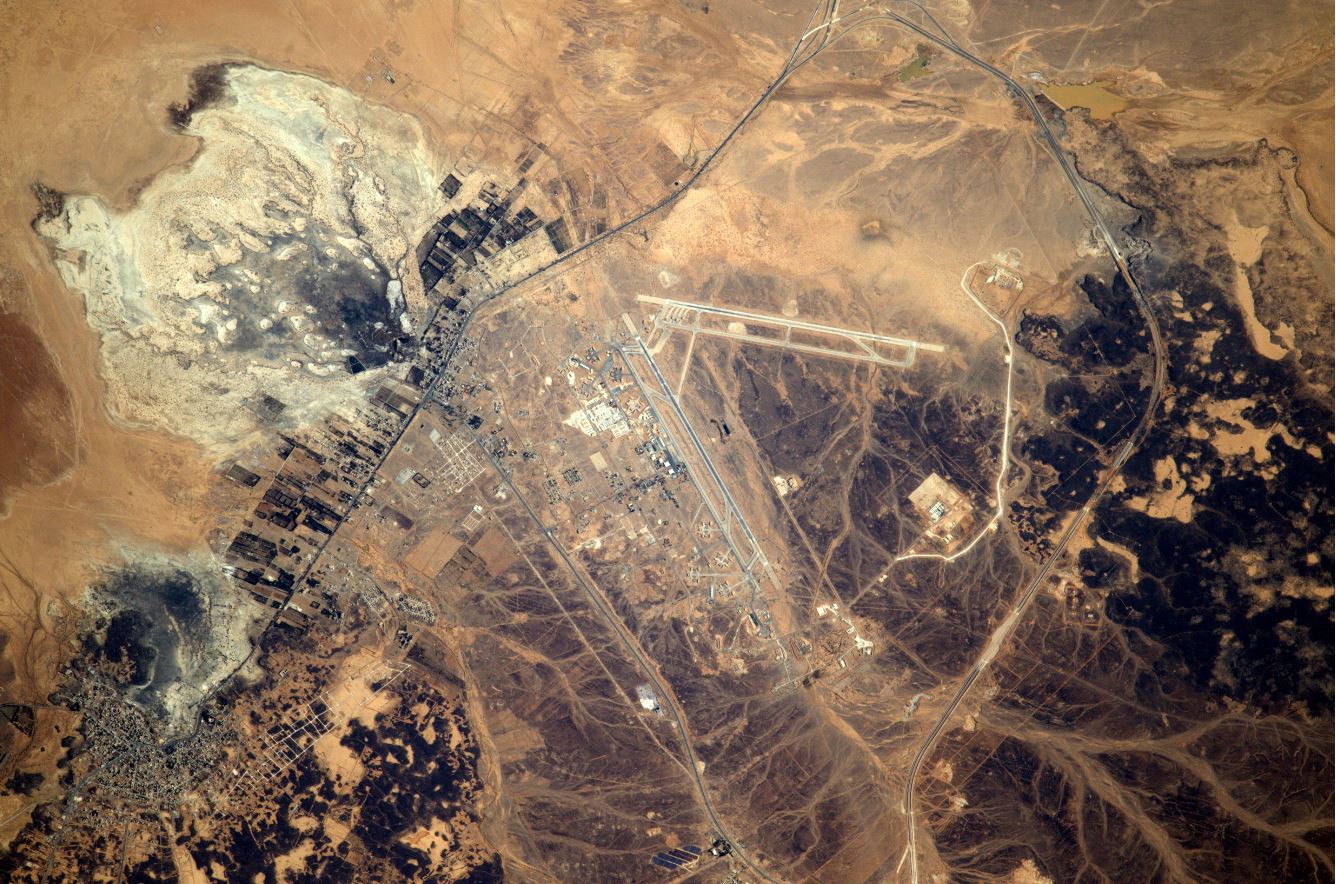
‘‘As the world warms, the planet’s desert regions are set to expand. This will occur in the unstable transition zones between deserts and subsequent plains – with hotter weather these areas will lose what little water they have and will naturally become more arid. This will be further exacerbated through wind transport of sand.’’ - Thomas Pesquet
Predicted temperature increase by 2100 following a ‘business-asusual’ path
Temperature rise limit agreed to in the Paris Agreement
of ice lost from Greenland ice reserves per year, from 2002 to 2006

WATER: THE BLUE PLANET
Earth, our only home, has been colourfully dubbed ‘the blue planet’ as water overwhelmingly covers the majority of its surface. Water is paramount to our world; not only in presence, but also in its critical role for the smooth functioning of processes - ranging beyond molecular biology, geography, physics, and industrial procedures. It is an essential component for life itself - humans owe approximately 70% of our body composition to water. The importance and omnipresence of water is irrefutable and with its versatile adaptability, our water usage is equally varied. As with our changing climates however, these interactions are dramaticallly shifting – often for the worse.

"Incredible colour effects on the water of the Saloum Delta in Senegal. To say that with the rise in sea level, its islands and their inhabitants are already suffering the damage of global warming... Urgent action is needed! » - Thomas Pesquet
of the Earth’s surface is covered in water - the oceans contain 96.5%
of the world’s population estimated to face water shortage by 2025
the year that the mass of plastic in the oceans outweighs the mass of all fish - 20,000 plastic bottles are bought every second

FOOD: AN OVERWHELMING APPETITE
In our day and age, food is plentiful. Although enough food is produced worldwide today to comfortably feed the global population, an imbalance in distribution and accessibility exists. The UN estimate an approximate 793 million people are undernourished worldwide. Producing such huge quantities of food is only possible due to the 2nd agricultural revolution, which played out over the latter half of the 20th century; these radical processes in the forms of mechanization and chemical stimulation of agricultural procedures, allows for food to be produced in greater quantities, over a shorter period of time. An increasing demand for crops and livestocks has further contributed to evermore land being dedicated to agriculture. The mammoth scale of contemporary agricultural practices is recognised as unsustainable, both in terms of how food is produced as well as how it is consumed. The current reality is one of overproduction and unnecessarily wasteful consumption – the FAO (Food and Agriculture Organization of the United Nations ) estimate that 1/3 of all the food produced in a year goes unconsumed. All this highlights a dire need to reconceptualise the way we understand food.

"Land-use and the impacts of man on the environment are two critical topics. City, irrigated fields and desert in Arizona." - Thomas Pesquet
of global freshwater withdrawal is due to agriculture
football fields - Equivalent size of deforestation rate, every minute
(or the equivalent of 2 months in the shower ) is the amount of water needed to produce an average hamburger
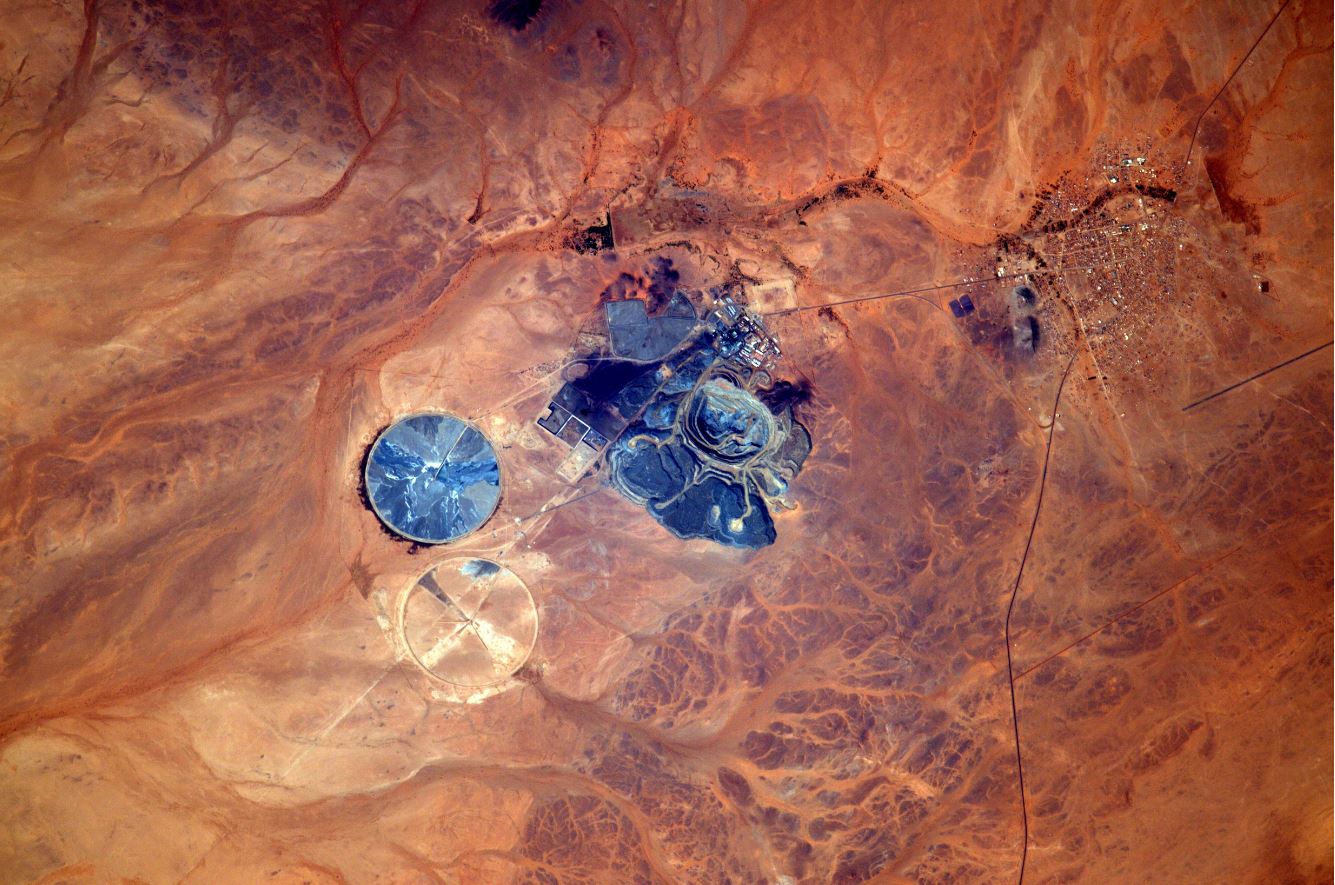
HUMAN SCARS: ENDURING IMPACT
Some anthropogenic activities illustrate more clearly the devastating effect that we humans collectively exert on our planet. These activities include intensive extraction processes and large sclae infrastructural projects. These human endeavours radically alter the physical landscape; although, they seem to offer some benefits to society, they forever mark local environments, rendering them inaccessible or diminishing their ecological capabilities.
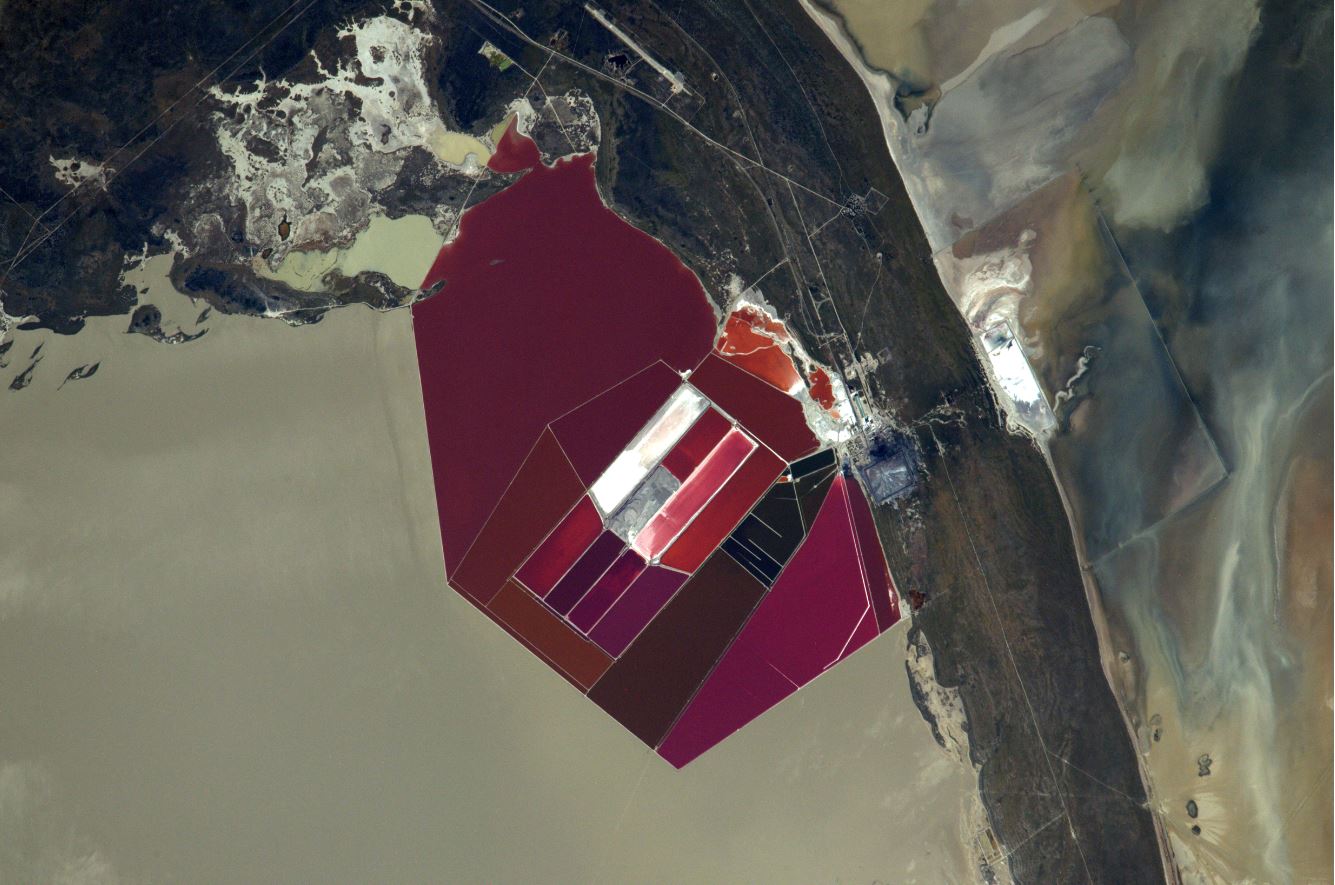
"In Botswana, in an impressive salt desert, the shades of red of a sodium mine... " - Thomas Pesquet
millions of tons - production of global aluminium per year
El Salvador is the first country to ban metal mining
millions of tons of e-waste were thrown away worldwide in 2014

CITIES: TOWARDS URBAN DOMINATION
A prominent change in the contemporary world is the domination of cities – the world is urbanizing. Cities are culture and information hubs, and the stage on which the global economy and international interactions play out. Historically, people have long moved to urban areas for greater socioeconomic opportunities, but never has it been observed and anticipated on such a global scale as today. A recent UN report highlights that by 2050 the global population is set to more than double to 66% of us living in cities. What will this urban world look like? To accommodate large rural and international influxes, cities will have to adapt and deal with new and daunting problems that include issues like infrastructure, social cohesion, and a warming planet. In short: as we are set for an urban domination, we are in need of ‘smart’ cities to properly handle this transformation, without dehumanising them.
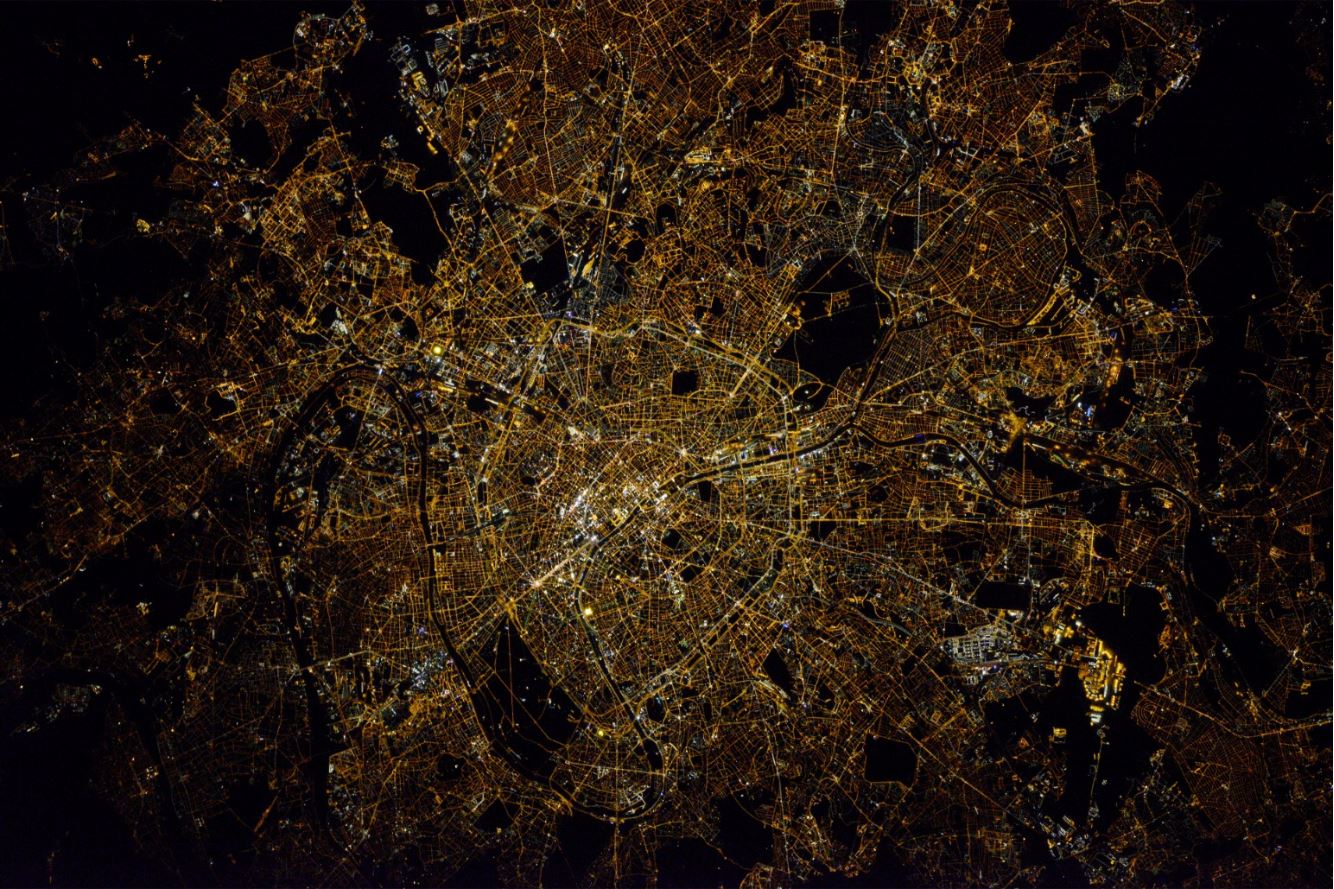
On Paris: ‘‘…A metropolis that extends far beyond the camera frame…’’ - Thomas Pesquet
the year that the global urban population surpassed the global rural population
the proportion of Chinese land on which over half (54%) of the country’s population live
mega-cities (with 10 million inhabitants or more) are projected to exist by 2030. In 2014 there were 28

NATURAL WONDERS: A FRAIL BEAUTY
Perhaps better than stressing the changes humans are exerting on the planet – a decidedly anthropocentric perspective – is to consider the marvels of the natural world that are being left behind by a changing climate. Our planet is resilient and Earth’s systems continuously adapt and try to balance out any changes encountered. However, this balancing act means new equilibriums, and the loss of natural wonders – ‘wonders’ precisely because we are able to appreciate a great deal of beauty and value in them and the natural world around us. Our capacity to recognise this bestows upon us a stewardship of sorts: to protect rather than damage, and to reconnect with the natural world. Indeed, this very binary between ‘natural’ and ‘human’ is something to be weary of – despite the substantial differences that distinguish us from ‘nature’, humans do of course come from this natural world. We would do well to remember it.
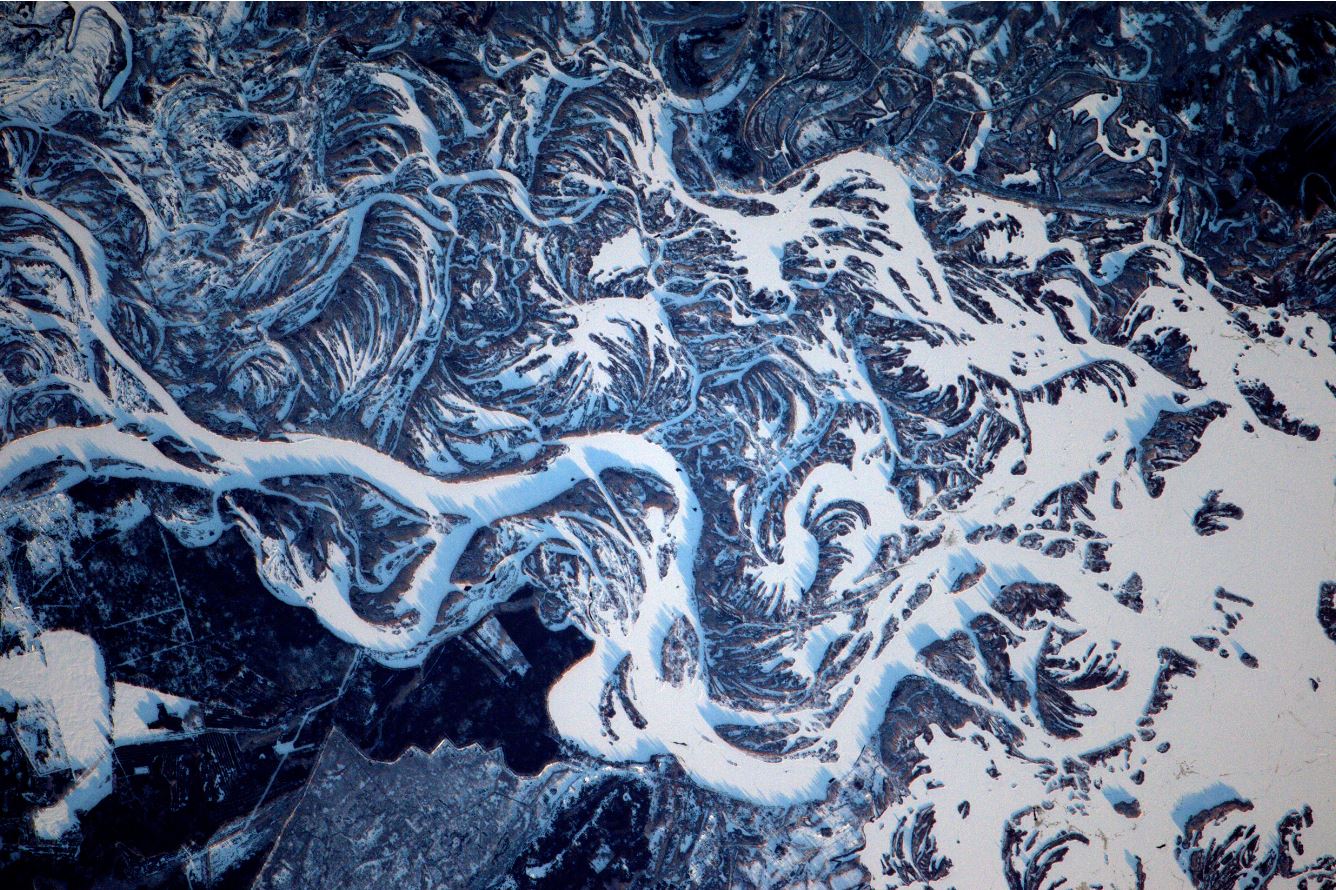
‘‘ I was stunned when I saw these magical winter landscapes: a frozen river north of Kiev and prime example of Earth Art.’’ - Thomas Pesquet





